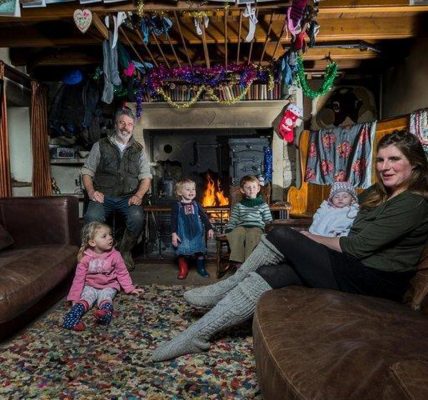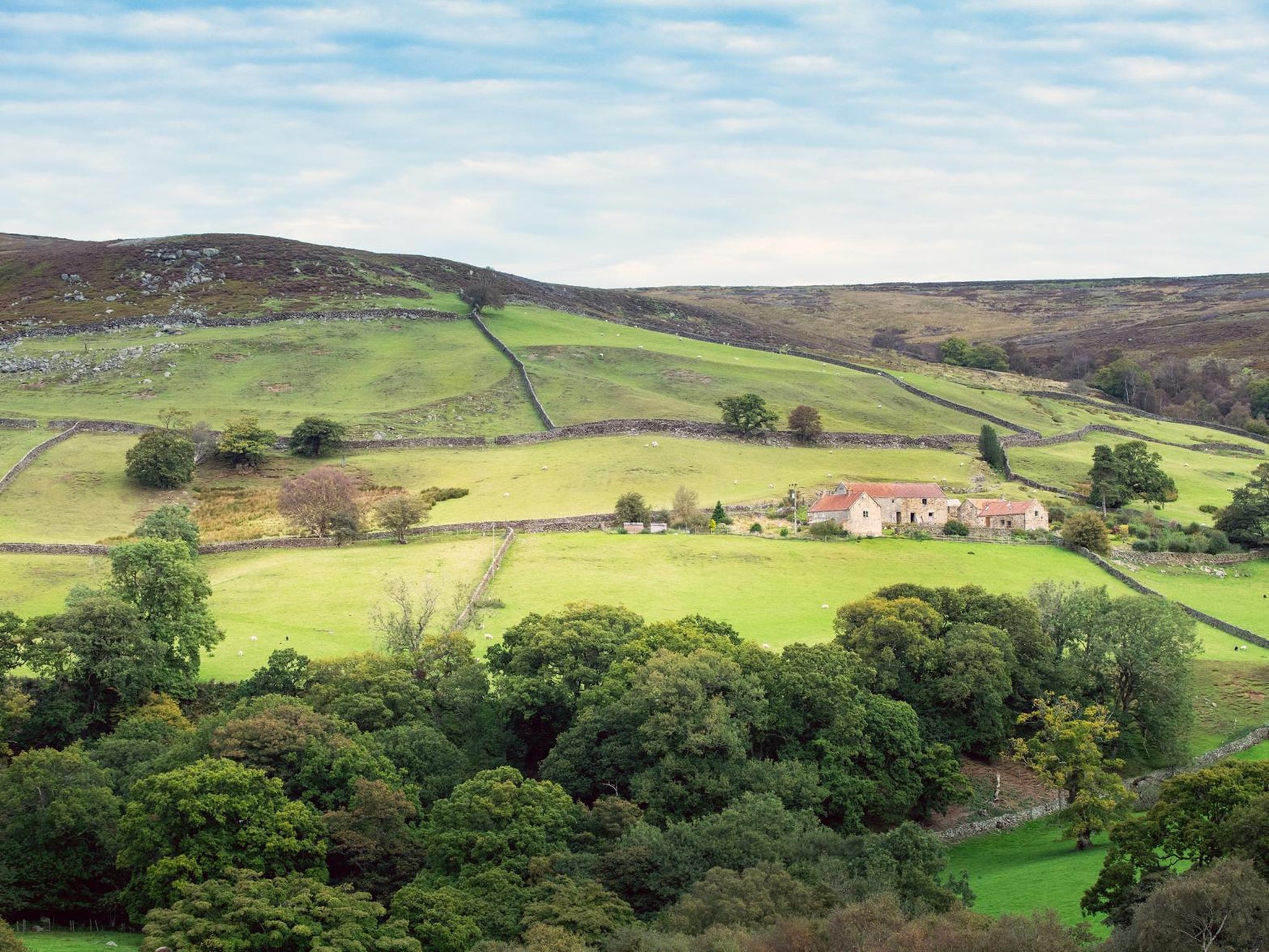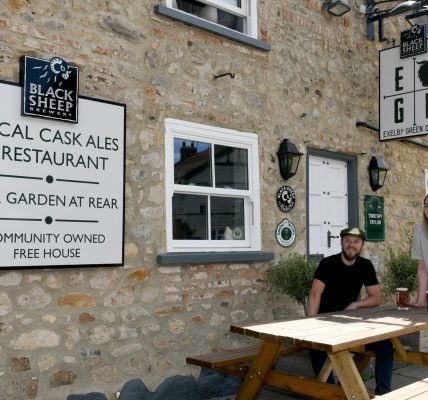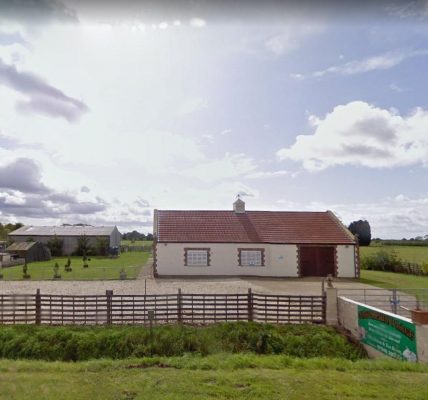The US Vet, Julian Norton performs surgery on elderly alpaca, Ebony with the help of wife Anne.
The US Vet, Julian Norton performs surgery on elderly alpaca, Ebony with the help of wife Anne.
It was two years, almost to the day, ago when Anne and I operated on Ebony.
It was two years, almost to the day, ago when Anne and I operated on Ebony.
Then, this elderly alpaca had a growth on her back leg and it demanded a joint effort to sedate her to remove the offending lump. It was challenging, but fortunately everything went to plan. Ebony’s cancerous lump was off and it didn’t grown back. This week though, it seemed like déjà vu as we pondered what to do about another serious-looking marble-sized growth that had appeared to cause Ebony more problems. This new lump was on her face, attached to the lower lip, a whole body away from the previous one.
I hadn’t seen the new lump in real life prior to our visit, but I’d scrutinised pictures sent to my phone and I suspected it would need to be removed. For this, as before, I would need another pair of hands. Luckily, for a second time, Anne was available to help. Al fresco procedures like this always bring with them a heady combination of adrenalin and cortisol. They are exciting but, at the same time, there is risk. A second and experienced vet (even if she is your wife) can bring essential confirmation that a challenging operation is the correct course of action. Whilst we might disagree on culinary matters: how long the risotto needs to be cooked for and how much oil or butter or wine needs to be added, we usually agree when it comes to veterinary decisions and that was the case with Ebony.
My plan, subject to approval, was to sedate Ebony heavily, hoping she would lie down and lie still, instil a local anaesthetic into the nerves to the area, just like at the dentist, then remove the offending tumour and repair the deficit. Once that was done, we needed Ebony to make a steady and controlled recovery from the sedation. It sounded simple but it was a plan fraught with potential pitfalls, all of which we discussed in detail beforehand, hoping we had everything covered.
I calculated the dose of sedative and, fortunately, hit the vein first time. Ebony obligingly followed the textbook, although there isn’t really a textbook for alpacas, and she drifted off into a deep sleep. Next was the nerve block- an injection via a long thin needle, with the technical description of being “medial to the mandibular ramus” to block the crucial mandibular nerve. This was followed by another nerve block at a different site- the unusually named “mental foramen”. This was technically termed, at least by me, as a “mental block”. It caused amusement for several minutes.
But back to the patient: Ebony was fast asleep and her lip was comfortably numbed. Anne, keeping an eye on the alpaca’s sedation, clipped and scrubbed the site while I prepared my surgical kit before final taking a deep breath and making the first cut. It was a deep one, followed by another deep one and within a minute or so the offending lump was off. Ebony, just as she had two years ago, lay still and fast asleep, oblivious to the surgical action on her face. As I reached for my sutures, Anne’s reassuring nod that our patient was doing well was needed. I repaired the gaping cleft in Ebony’s lip as deftly as the early morning chilly temperature in the barn would allow: another challenge of outdoor surgery. Before long, Ebony’s lip looked as good as new. I swabbed the blood clots from her woolly chin and we rocked back on our heels, extending our backs and anxiously awaiting her recovery.
But we needn’t have worried. For a second time, Ebony bounced back with vigour.










